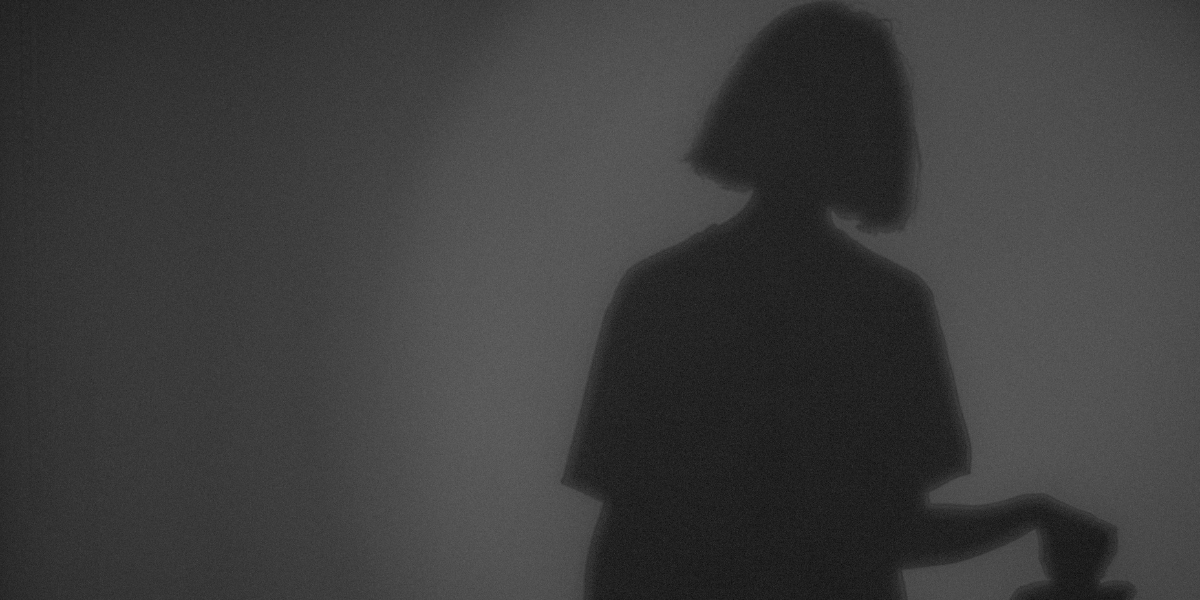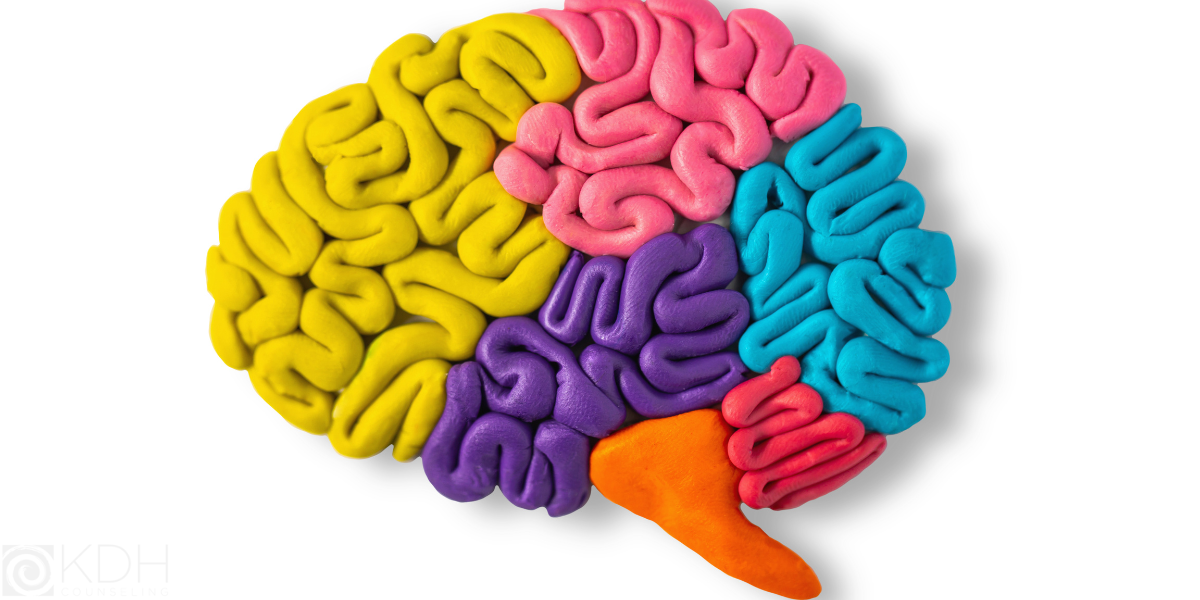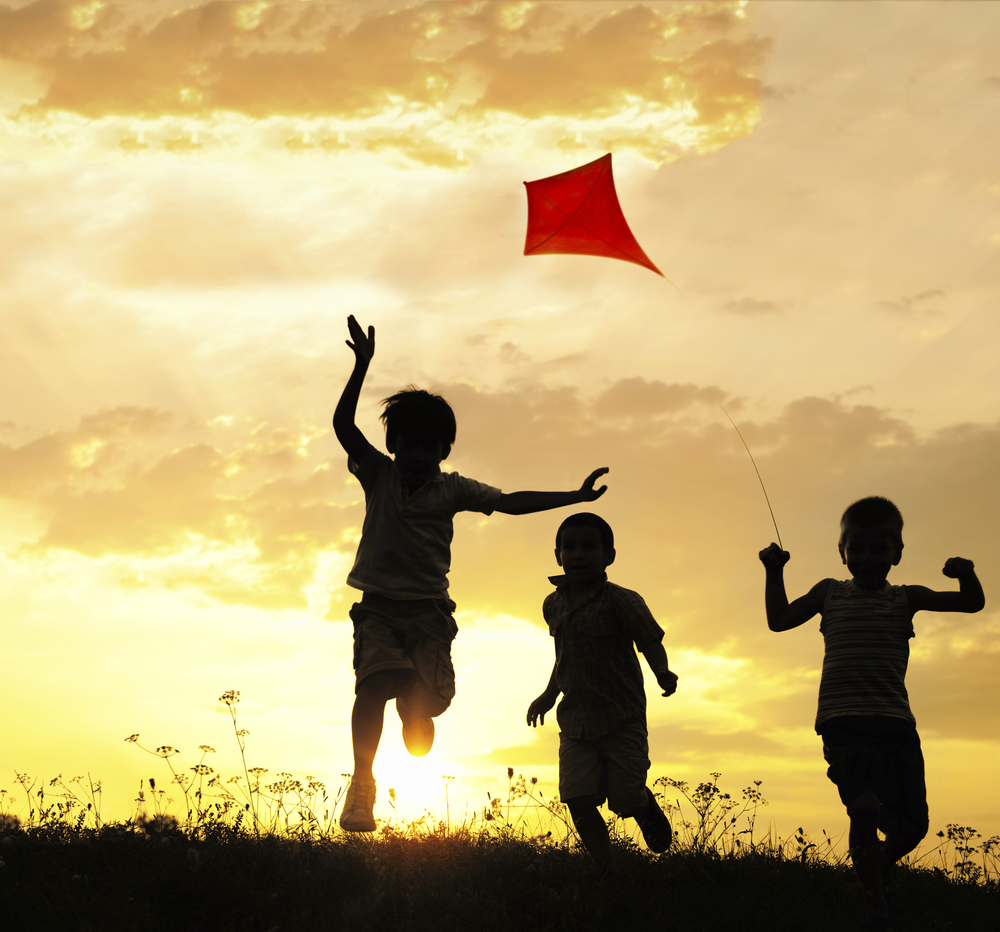A Spoonful of Sugar: Therapy & Medication Management
One of the first questions I ask a new client...what is your opinion about medication, and what are your past experiences with medication? Often,...

If I had a nickel for every time the word “grooming” or “groomer” was mentioned lately in the news, I could retire tomorrow. But, alas, ignorance doesn’t pay and quite frankly the way we are misinformed on childhood abuse guarantees I won’t ever have to retire. Consider this blog explaining what grooming actually means as a balm for your gnarled nerves. After all, knowledge is power and empowering parents and caregivers is one of my favorite pastimes.
Let’s hit the ground running here folks and define what grooming means, as opposed to how it has been defined in the 24 hours new cycle. Grooming, per the Rape, Abuse & Incest National Network, A.K.A., RAINN) is,
What you as a parent or caregiver need to know is that the idea of “stranger danger” isn’t the most appropriate way to conceptualize safety. Per Darkness to Light’s statistics, “About 90% of children who are victims of sexual abuse have known their abuser” (Finklehor & Shattuck, 2012) and about only 10% are abused by a stranger. How does that work? When you think about it, adults who have the most access to your child also simultaneously have access to abuse them. Most abusers don’t even seek to abuse children in their initial interactions with them and instead will create an environment where they can care for the child and have alone time with them.
Think of grooming as a gradual process. Predators will test children's boundaries by giving them extra attention, then they will show affection and slowly they will begin asking invasive, sexual questions to see how the child will respond. Escalation with this behavior can look like showing children pornographic material or engaging in masturbation in front of the child to test how the child will react. From there, it is not uncommon for predators to begin threatening children if they disclose about these behaviors. This can be incredibly confusing for children who initially had a positive, warm relationship with this person. Often, children will not speak up because they are confused and afraid about the actions being done to them. Children are often fearful their younger siblings or any other children in the home could become the next victim so they often endure the abuse to protect the others.
When taking into consideration the gender of offenders who harm children, men are unfortunately the most common (Essabar et al., 2015; Gerke 2021). However, it is to be noted that women are more likely to abuse their own children (McLeod 2015). Women offenders are often overlooked because of misconceptions and misunderstandings around who can and cannot abuse. Victims of female abusers may attempt to disclose their abuse and be told they should have liked it or that it wasn’t abuse.
When we consider the composition of who is often the victim of abuse, we must recognize that childhood sexual abuse affects all races, ethnicities, and socioeconomic statuses. The consistent factor across many, if not all cases, is the level of vulnerability present within the child's life. Children who identify as members of the LGBT community are at greater risk of being abused because of their marginalized status within society. Think about it—if you’re ostracized from your family and support system you are more vulnerable to being abused by perpetrators. Children who live in single parent homes are also at greater risk because of the dependence upon other adults to care for them in the absence of their biological parent. Children who reside in homes where domestic violence is happening are also at greater risk due to the unsafe nature of the home.
Most children are abused from the hours of 3:00 pm to 9:00pm in a household setting (McKillop, N. et al., 2015). This evidence further proves the previous research that identifies adults in care of children being the most likely perpetrators of abuse.
The best form of prevention and response to childhood sexual abuse is communication. Starting as early as infancy it is important to let your child know that they can tell you anything. It is also about being intentional with your child and discussing hard topics like consent and who is allowed to touch them and where. This can look like talking to your toddler as you change their diaper—“Mommy/Daddy are allowed to change your diaper. Sometimes when grandma watches you, she will change your diaper, too.” Or preparing your child for an exam with their pediatrician, “Today, Doctor So-and-So is going to look over your body to make sure you are healthy.” (A good pediatrician will also take time to explain this in the exam room).
As children get older the dialogue continues and you begin to discuss consent in more concrete terms. This is especially helpful as children enter into school age. Let them know that their body is their own and that no one is allowed to touch them without their permission. You can even practice consent through role playing! It can be as light-hearted as tickling your child. When they say "Stop!" that is a teachable moment where you can explain you heard their words and respected their boundaries. You can also use your family pet as a model of physical boundary setting. When the kitty cat doesn't want to be touched he growls or hisses. Another teachable moment! "It sounds like kitty doesn't want to be touched.
When your child has reached middle school and high school age the talk around consent becomes contextualized with relationships and dating. Remind your child again that their body is their own and no one is allowed to touch it without their permission. Parents now also have the responsibility of teaching their children about how to protect themselves from predators online. Monitoring your child's online habits and randomly checking their phones are a few ways to help ensure their safety. Encourage your child to not 'friend' or 'add' anyone to their social media profiles that they haven't met in real life. Even if it's a friend of a friend. You'll also have to discuss the topic of sexting, lewds and nudes. Remind your kiddo that while they are growing and maturing they are still considered minors and subsequently any explicit content they create and potentially distribute is considered child pornography.
As a clinician I cannot stress this next bit of advice enough—when your child comes to you and says something has happened, please believe them. Thank them for being brave and telling a trusted adult. Remind them that they are safe with you, and it is your job to protect them. From there you can contact your local law enforcement and Child Advocacy Center to seek support. These agencies exist to facilitate the appropriate legal and mental health response that will assure your child's safety and your rights as parents.
Programming that seeks to support vulnerable families are key protective factors in preventing abuse. Consider, when possible, engaging in community activities that allow your child to cultivate a sense of belonging and connection. Children who possess confidence are more inclined to report abuse than those who don't. Parents are encouraged to do their due diligence when enrolling their kids into said programs. Observe the location where your child will be spending time, communicate consistently with staff members, do impromptu drop ins to see how things are going from time to time. The marker of a good program is transparency and effective communication from staff to parent.
When you know better you can do better as a parent. Knowing this information can serve to help you protect child from predators. For more valuable information I recommend checking out RAINN’s website and Darkness to Light. Both websites offer even more information pertaining to ways you can keep your child safe.
Essabar, L., Khalqallah, A., & Dakhama, B. S. (2015). Child sexual abuse: report of 311 cases with review of literature. The Pan African medical jourpal, 20, 47.https://doi.org/10.11604/pamj.2015.20.47.4569\
Gerke, J., Lipke, K., Fegert, J. M., & Rassenhofer, M. (2021). Mothers as perpetrators and of child sexual abuse. Child abuse & neglect, 117, 105068.
Finkelhor, D., Turner, H. A., Shattuck, A., & Hamby, S. L. (2013). Violence, crime, and abuse exposure in a national sample of children and Youth. JAMA Pediatrics, 167(7), 614. https://doi.org/10.1001/jamapediatrics.2013.42
McLeod D. A. (2015). Female offenders in child sexual abuse cases: a national picture. Journal of child sexual abuse, 24(1), 97-114. https://doi.org/10.1080/10538712.2015.978925

One of the first questions I ask a new client...what is your opinion about medication, and what are your past experiences with medication? Often,...

Ever felt like your mind is a whirlwind of thoughts, racing faster than you can keep up? Welcome to the world of ADHD. As someone who's navigated...

Sex is something that most of us participate in, gain enjoyment from, and even utilize to create families. It’s something that people have shamed,...